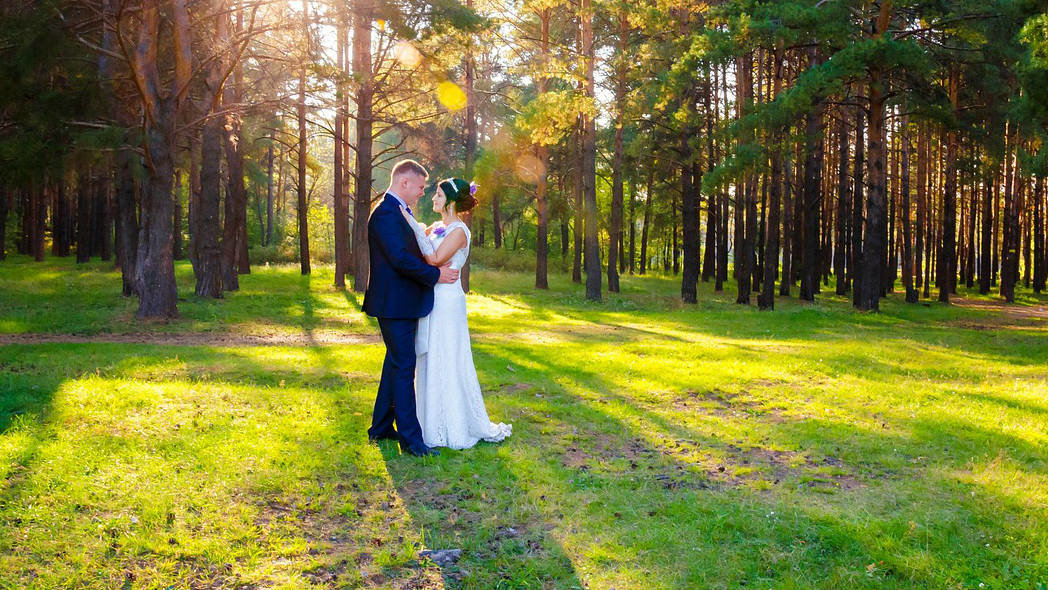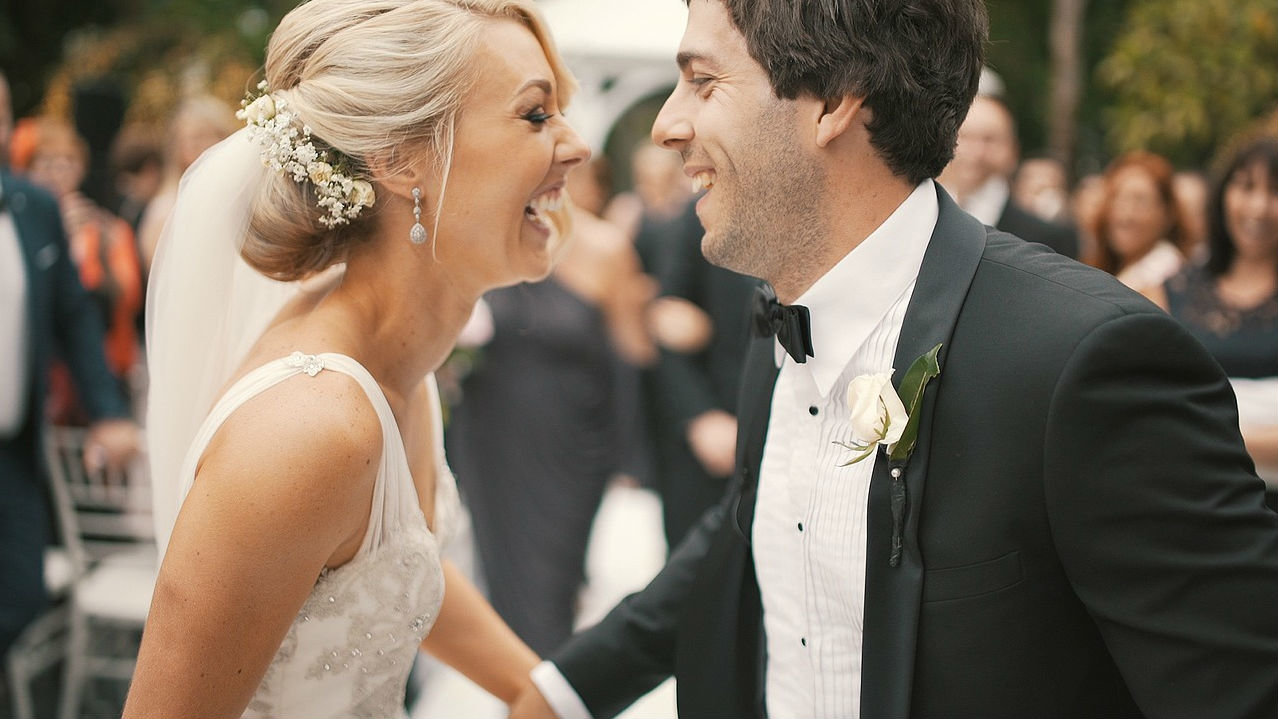Before celebrating any wedding, the couple must make many decisions. It does not matter if the union is between a man and a woman or between two persons of the same sex: both partners have to agree on issues that may vary from the most trivial to the most serious. And among the latter is the question of the surnames that each member will hold after the wedding.
The time when women got their husband's name when they got married is behind. This used to happen because society understood that after the wedding the woman entered the husband's family and did not 'belong' to her parents anymore. This has not been the case in all countries. For example, in Spain and in the Spanish-speaking countries, both men and women maintained their own surnames after marrying and carried them during all their lives.
In Finland, the tradition that a woman acquires the husband's name is no longer mandatory. For several reasons: first, Finland is a modern European society in which both men and women enjoy the same legal status; in addition to that, the introduction in March 2017 of the same-sex marriages makes it impossible in practice to maintain this tradition.
So, what are the options available for the couples?

In Finland the authority in charge of registering marriages is Maistraatti (in English, the Local Register Offices). This is the state organism responsible for maintaining the Finnish Population System and they are also marrying authorities. They perform civil marriages, investigate if there is any impediment to celebrate a marriage and they are also the right where marriages celebrated abroad must be registered.
Investigation on impediments to the marriage
According to the information published by Maistraatti, before the wedding an investigation of the possible impediments to marriage must be carried out for all couples. This is done to ensure that there are no impediments for the union as specified in the Finnish Marriage Act.
Such impediments might be an already existing marriage or registered partnership, the existence of close family ties between the members of the couple, being under 18 years of age, or an adoptive relationship. Those potential impediments are investigated primarily by means of the information available in the population register itself.
Maistraatti explains that those persons getting married must indicate their choice of surname to the party examining the impediments to the marriage when they request such an examination. If the parties fail to indicate their choice, both spouses will keep the surname they had at the time of their marriage.
The Local Register authority also points that the spouses may not change their choice of surname after the examination of the impediments to the marriage. If, following the examination, the spouses have second thoughts about their choice of surname, they can tell the officiator. However, in such a case they will keep the surname they had when they got married.
For those who have been married before, keep in mind that surnames from a previous marriage cannot be transferred to a new spouse.

The 4 legal options
According to Maistraatti, the spouses have four options when getting married.
- Both spouses keep the surname they had when they got married.
- They may agree to use a common surname or a double-barrelled surname. The important thing here is that for a double-barrelled name to be regarded as a common surname, the two names must be in the same order for both spouses, and the use of the hyphen must be agreed.
- The spouses may agree that one of them adopts a double-barrelled surname, which is not common to both, from their own surname or from one of the names in their double-barrelled surname, and from their spouse’s surname or from one of the names in their spouse’s double-barrelled surname. Both spouses may independently exercise their right to adopt a double-barrelled surname. It does not depend on whether both spouses adopt a double-barrelled surname or in which order the names in the spouse’s double-barrelled surname appear. A surname transferring to the other spouse must, however, also be kept by the spouse the name is transferring from. The use of a hyphen is a personal choice.
- The spouses may agree that one of them takes one of the surnames in their spouse’s double-barrelled surname as their own surname.
If you decide to change your surname, all state and municipal authorities will be informed automatically. Once Kela has been informed about the change in your surname, you will be automatically issued a new Kela card.
Most banks, insurance companies and retail chains update their customer registers with the help of the Population Information System. You must renew your identification card, driver's licence and/or passport within three months after your name has been changed.
- For more official information on marriage in Finland and the choice of surnames, click HERE
- For more official information on the investigation of impediments to marriage, click HERE











